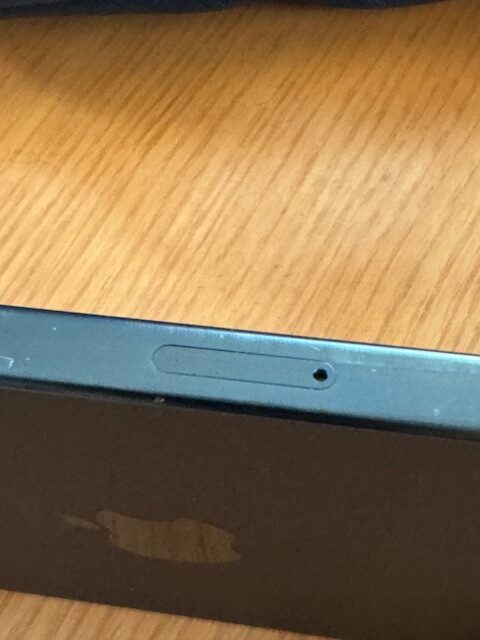
Gone are the days when we only use our phones for voice calls. Getting a SIM card when visiting Japan is essential for staying connected, especially if you want reliable access to the internet for navigation, communication, and finding local information on the go. While Wi-Fi is available in many public places, a SIM card ensures you have consistent access to data, allowing you to use maps, translation apps, and stay in touch with friends and family without worrying about finding a Wi-Fi hotspot. With various prepaid options available, you are sure to be able to find a plan that fits your needs.
Know Your Phone Lock Status- Can your phone use SIMs from other carriers? (MORE ON THIS)
Types of SIM – Physical or E-SIM? (MORE ON THIS)
Where to get SIM cards– Physical SIM cards are available in a wide range of places (MORE ON THIS)
E-SIM Providers– Plans offered by major carriers and MVNO (MORE ON THIS)
Choosing Your Plan- Voice or data only? Limited/unlimited data (MORE ON THIS)
Back to Quick Tips on Staying Connected
Fellow Bitcoiner?
Most phones are unlocked. This allows you to temporarily use the SIM of another carrier by either physically replacing the SIM card or using an E-SIM (see section on types of SIM).
Although rarer these days, some phones are locked to a specific carrier. If this is the case, your only options for connectivity will be Wi-Fi (see this post) or very expensive international roaming charges.
Check out what type of phone you have before you travel.

There are two main types of SIM to choose from in Japan, namely physical SIM and E-SIM.
Using a physical SIM means replacing the SIM card in your phone with that of the Japanese carrier you will be using for the duration of your stay in Japan. This is normally done by locating the SIM card tray on the side of your phone (see picture above), and poking the pinhole with the SIM ejector tool that came with your phone (a paper clip will do instead if you have lost it to release the tray (it is better to turn your phone off first). Replace the SIM card in the tray with the one you will be using (make sure to put the other SIM card in a safe place). Close the tray and restart your phone.
An eSIM (embedded SIM) is a digital SIM card built directly into a device, allowing users to activate a cellular plan without needing a physical SIM card. Unlike traditional SIM cards, eSIMs enable users to switch carriers or add multiple plans through software settings rather than swapping out a physical card. This technology may offer greater convenience, especially for travelers and dual-SIM users, as it allows for easy plan management and eliminates the need to carry or change physical SIM cards. The downside to E-SIMs is that they are generally only supported on newer phone models and setup can be trickier than with a physical SIM.
The two major airports in Tokyo have counters and vending machines that sell SIM cards, which means you can get connected right upon arrival. If you go to the counter they will help you set it up as well (although depending on your flight time they are not always open). Assistance with setup is also usually provided if you purchase the SIM at electronic stores such as Yodobashi Camera or BIC camera. A limited range is also available at some convenience stores.
If you want to use an E-SIM in Japan, you can either purchase one before you arrive or use one of the Japanese providers. In Japan, E-SIM are provided by major telecommunications carriers such as Softbank and NTT Docomo, as well as MVNO (mobile virtual network operators), such as Rakuten Mobile and Sakura Mobile.
After selecting the provider, you can purchase the plan from their website, considering the criteria mentioned in the Choosing Your Plan section.
There are a number of factors to decide when choosing your plan, which is one advantage of interacting with a human (at airport counter or electronic store) rather than a vending machine when purchasing your SIM.
Such factors include:
(1) Length of stay – How long will you need the SIM for?
(2) Type of service required – Do you need data only or data + voice?
(3) Data quantity – Do you need a fixed amount of data with a top up option, or are you a heavy user who requires unlimited data.
(4) Are you going outside the city? Sometimes the major carriers may be more pricey, but offer better coverage in rural areas.
